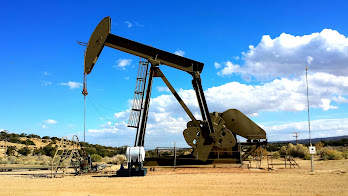The Second Largest Oil and Gas Merger - Cabot and Cimarex

Due to investor pressure, the U.S shale drillers are being pushed to improve financial and operational performance after a few years of poor returns. Even though the industry has improved its numbers, when compared to last year, investors still want more to be done for them to earn more money. That's why two mid-tier shale drillers, Cabot and Climarex, have decided to merge in order to eliminate $100 million in annual costs, which means more money for the investors. This all-stock transaction is valued at about $7.4 billion, which is relatively high for the oil and gas sector. The new entity will be renamed and the headquarters located in Houston, Texas. Cabot shareholders will own 49.5 percent of the new entity, and Climarex the rest. The Cimarex-Cabot merger will address the investor's demand for a higher amount of returning cash. The initial plan is to pay a 50-cent-per-share special dividen...







